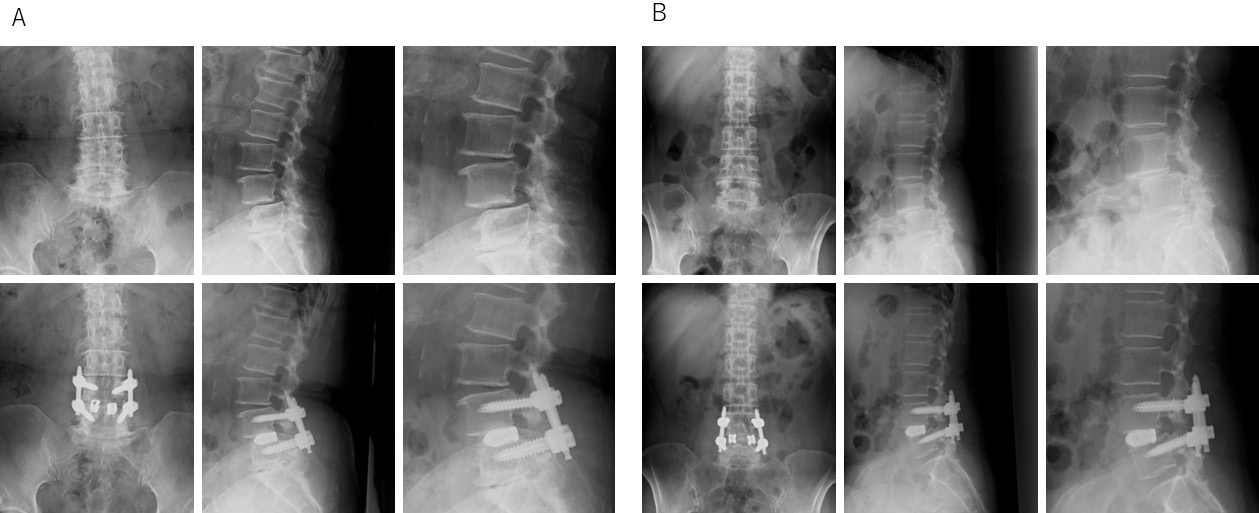Volume 8, Issue 1
Displaying 1-17 of 17 articles from this issue
- |<
- <
- 1
- >
- >|
REVIEW ARTICLE
-
2024Volume 8Issue 1 Pages 1-9
Published: January 27, 2024
Released on J-STAGE: January 27, 2024
Advance online publication: April 21, 2023Download PDF (143K) -
2024Volume 8Issue 1 Pages 10-21
Published: January 27, 2024
Released on J-STAGE: January 27, 2024
Advance online publication: July 06, 2023Download PDF (385K) -
2024Volume 8Issue 1 Pages 22-28
Published: January 27, 2024
Released on J-STAGE: January 27, 2024
Advance online publication: September 04, 2023Download PDF (903K)
ORIGINAL ARTICLE
-
2024Volume 8Issue 1 Pages 29-34
Published: January 27, 2024
Released on J-STAGE: January 27, 2024
Advance online publication: September 04, 2023Download PDF (97K) -
2024Volume 8Issue 1 Pages 35-42
Published: January 27, 2024
Released on J-STAGE: January 27, 2024
Advance online publication: September 04, 2023Download PDF (112K) -
2024Volume 8Issue 1 Pages 43-50
Published: January 27, 2024
Released on J-STAGE: January 27, 2024
Advance online publication: September 04, 2023Download PDF (309K) -
2024Volume 8Issue 1 Pages 51-57
Published: January 27, 2024
Released on J-STAGE: January 27, 2024
Advance online publication: September 04, 2023Download PDF (498K) -
2024Volume 8Issue 1 Pages 58-65
Published: January 27, 2024
Released on J-STAGE: January 27, 2024
Advance online publication: September 04, 2023Download PDF (620K) -
2024Volume 8Issue 1 Pages 66-72
Published: January 27, 2024
Released on J-STAGE: January 27, 2024
Advance online publication: October 13, 2023Download PDF (213K) -
2024Volume 8Issue 1 Pages 73-82
Published: January 27, 2024
Released on J-STAGE: January 27, 2024
Advance online publication: October 13, 2023Download PDF (1167K) -
2024Volume 8Issue 1 Pages 83-90
Published: January 27, 2024
Released on J-STAGE: January 27, 2024
Advance online publication: October 13, 2023Download PDF (230K) -
2024Volume 8Issue 1 Pages 91-96
Published: January 27, 2024
Released on J-STAGE: January 27, 2024
Advance online publication: October 13, 2023Download PDF (197K) -
2024Volume 8Issue 1 Pages 97-105
Published: January 27, 2024
Released on J-STAGE: January 27, 2024
Advance online publication: November 02, 2023Download PDF (555K)
CLINICAL CORRESPONDENCE
-
2024Volume 8Issue 1 Pages 106-109
Published: January 27, 2024
Released on J-STAGE: January 27, 2024
Advance online publication: September 04, 2023Download PDF (832K) -
2024Volume 8Issue 1 Pages 110-113
Published: January 27, 2024
Released on J-STAGE: January 27, 2024
Advance online publication: September 04, 2023Download PDF (817K) -
2024Volume 8Issue 1 Pages 114-117
Published: January 27, 2024
Released on J-STAGE: January 27, 2024
Advance online publication: October 13, 2023Download PDF (606K)
ERRATUM
-
2024Volume 8Issue 1 Pages 118
Published: January 27, 2024
Released on J-STAGE: January 27, 2024
Download PDF (137K)
- |<
- <
- 1
- >
- >|
















